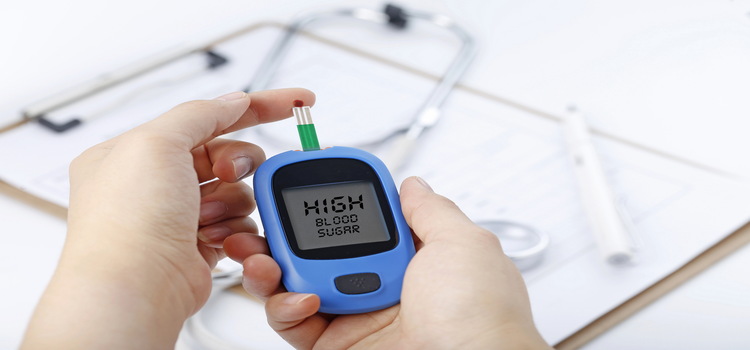Retinopathy, a disease of the retina, is a common cause of vision loss among adults. With diabetes and hypertension being prevalent conditions worldwide, understanding the differences between diabetic retinopathy and hypertensive retinopathy is crucial. This post delves into these conditions, their causes, symptoms, prevention methods, and treatment options, along with the role of a diabetologist.
Causes of Diabetic Retinopathy
Diabetic retinopathy is a complication of diabetes, where high blood sugar levels cause damage to the blood vessels in the retina. Over time, these vessels can leak fluid or bleed, distorting vision. The longer a person has diabetes, the higher their risk of developing diabetic retinopathy. Other risk factors include poor control of blood glucose levels, high blood pressure, high cholesterol, pregnancy, and tobacco use.
Causes of Hypertensive Retinopathy
Hypertensive retinopathy, on the other hand, is caused by high blood pressure. When blood pressure remains high over a prolonged period, it can narrow or obstruct the blood vessels in the retina, leading to retinal damage. Besides the duration of hypertension, other risk factors include having diabetes, smoking, and high cholesterol levels.
Symptoms of Diabetic Retinopathy
Early stages of diabetic retinopathy may not present any symptoms. However, as the condition progresses, one may experience blurred vision, floaters (spots floating in your vision), dark or empty areas in your vision, and eventually, vision loss.
Symptoms of Hypertensive Retinopathy
Similar to diabetic retinopathy, hypertensive retinopathy can also start without noticeable symptoms. As the condition worsens, symptoms may include blurred vision, headaches, and vision loss.
Prevention Methods
Preventing diabetic and hypertensive retinopathy involves managing the underlying conditions—diabetes and high blood pressure. This includes:
- Maintaining a healthy diet
- Regular exercise
- Limiting alcohol
- Avoiding tobacco
- Regular monitoring of blood sugar and blood pressure levels
Moreover, you should get regular eye exams to catch any signs of retinopathy early, when it’s easiest to treat.
Treatment Options
Treatment for retinopathy depends on the stage of the disease and specific problems with your retina. Options may include:
- Medications: These can be used to slow the progress of diabetic retinopathy and manage hypertension.
- Laser treatment: This can help shrink abnormal blood vessels and stop them from growing back.
- Surgery: In advanced stages, you may need a vitrectomy to remove blood or scar tissue from your eye.
Role of Diabetologist
A diabetologist is a doctor who specializes in treating patients with diabetes. In the hospital they can provide comprehensive care for people with diabetes and its complications, like diabetic retinopathy. They can work closely with other specialists, such as ophthalmologists, to ensure you receive the best care possible.
Conclusion
Understanding the differences between diabetic retinopathy and hypertensive retinopathy is crucial in managing your health effectively. Both conditions share common elements— they affect the retina and can lead to vision loss, but their causes, risk factors, and management strategies differ. Regular check-ups, controlling blood sugar and blood pressure, maintaining a healthy lifestyle, and early treatment can go a long way in preserving eye health.
Remember, when it comes to your health, prevention is always better than cure. Be proactive, and don’t wait until you notice problems with your vision to get checked out.














